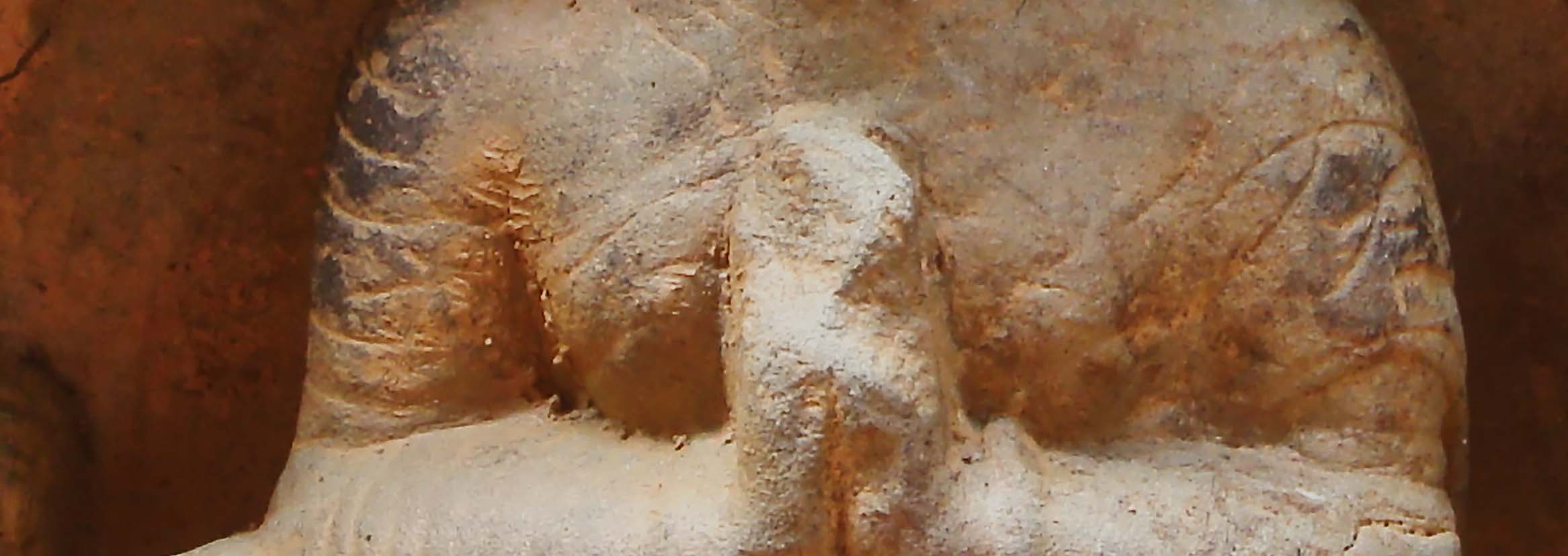Das Nepal Temple Project: Archäologie eines Hindu-Tempels. Der Anantaliṅgeśvara Mahādeva Tempel in Dhadhikoṭa / Bhaktapur
https://doi.org/10.34780/joga.v2020i0.1007
Abstract
Since 2014, the Nepal Temple Project has been conducting interdisciplinary research at one of the oldest cult sites in the Kathmandu Valley, the Anantaliṅgeśvara Mahādeva Temple. The early days of the Anantaliṅgeśvara Mahādeva Temple are closely related to the Licchavi period from 4th to 8th century A.D. in Nepal. The ensemble, founded between the 5th and 7th century A.D. and build in its present form in the 17th century, used to the present days, is one of the earliest cult places of the god Śiva in Nepal. Genesis, shape, continuity and changes of the temple complex through time are the research questions of the project. For the first time in Nepal, the extensive architectures of a temple site have been documented and virtually secured by the structure-from-motion technique. Research questions on the history of origin and development have been clarified and answered through archaeological excavations and epigraphic and art historical investigations. The excavation of a group of high relief sculptures on a tympanum of the Licchavi period allowed additional important conclusions about the dating and significance of the temple site. Another important goal of the Nepal Temple Project is the protection and preservation of the temple architecture. For this purpose, the religious esteem of the place was combined with the historical dimension and meaning of the architectures in intensive dialogues with the regional inhabits.
Schlagwörter:
Nepal, Licchavi period, Hindu temple archaeology, Structure-from-Motion, cultural heritage structure analysis, cultural heritage valorisation





